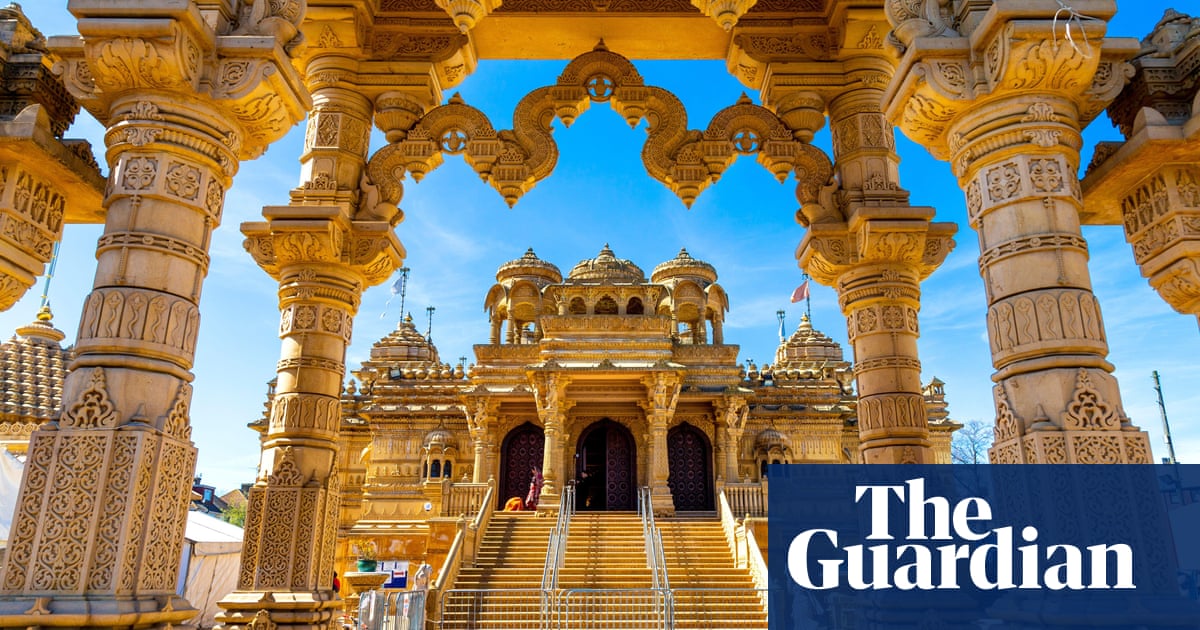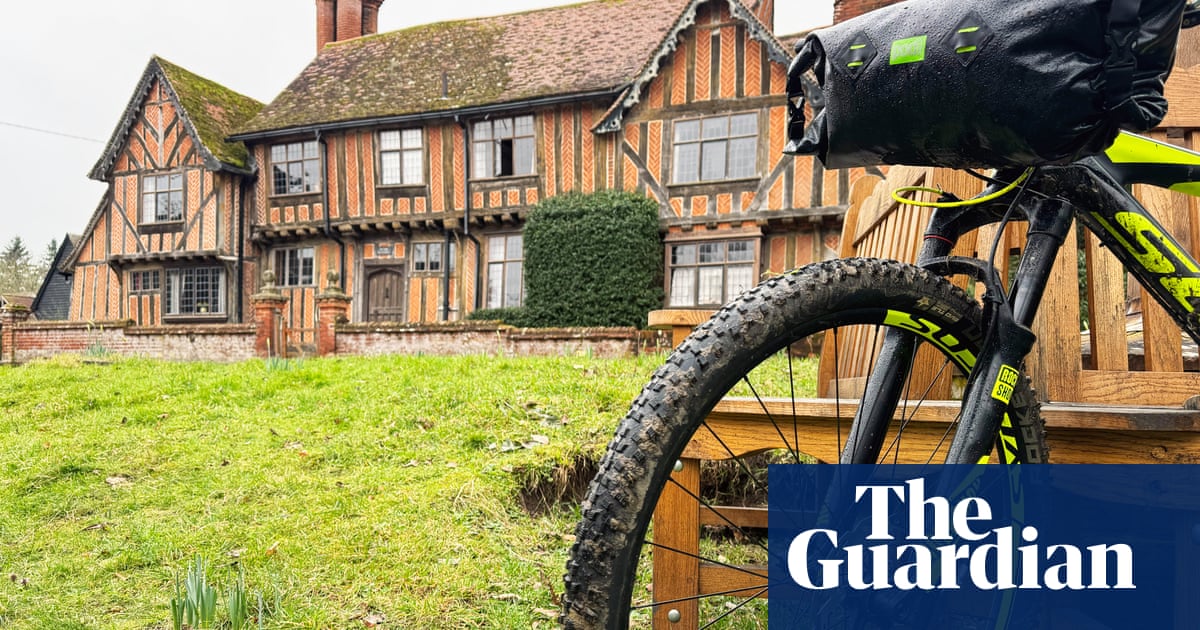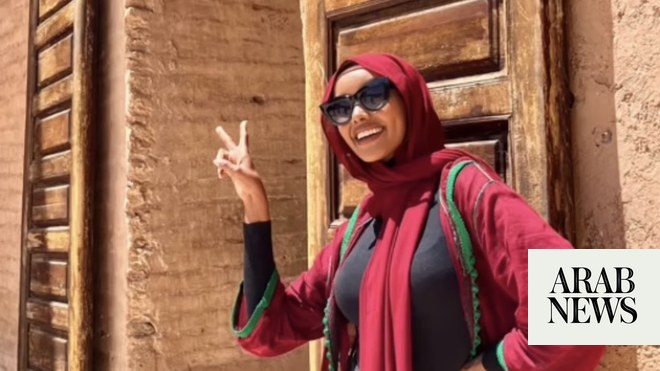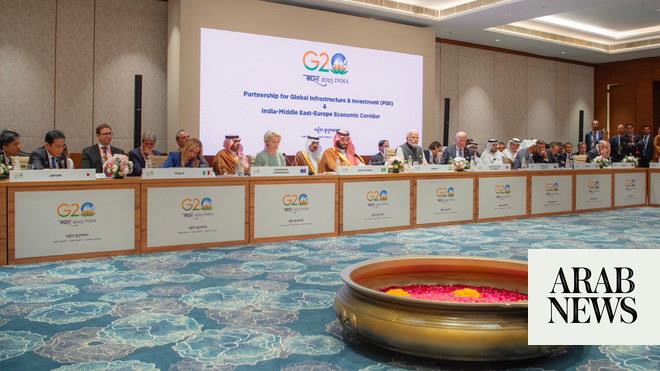
Statues of 41 deities in bright robes and garlands watch as we walk, silent and sock-footed, through endless intricate archways and air that smells of sandalwood and jasmine. A mirrored table under the elaborate central dome reflects rings of dancing figures. The Shri Sanatan Hindu temple, opened in 2010 on the Ealing Road, is a mesmerising slice of north India surrounded by grey London suburbs. The walls and more than 200 limestone pillars were hand-carved in Gujarat, featuring birds, animals and scenes from Hindu scripture.
Vaishali Patel, who lives four miles away in Harrow, has brought a group of us to the temple as part of a new tour that celebrates the vibrant colours, tastes and textiles of Wembley’s Indian community. She created this half-day experience after studying with The Tour Guiding Academy, a training programme run by social enterprise Women in Travel. It’s one of a growing number of women-led local tours in London.
For visitors and London residents who don’t know it, the Ealing Road is a low-carbon portal to a parallel world
In Wembley, our next stop is a paan kiosk in a launderette, to try these parcels of dried coconut and sugar-coated aniseed wrapped in betel leaves. The pavement outside is mottled with brick-red splashes where people have spat out their paan after chewing it. I spent nearly four years in Delhi – my youngest child was born there – and Ealing Road transports me straight back. This is a place that people living nearby take for granted: somewhere to worship and go shopping. For visitors or London residents who don’t know it, the area is a low-carbon portal to a parallel world.
“When I was a child, my mum and I would come here on the bus to buy fruit and veg,” says Vaishali, who mixes stories from her own experience with background information. Walking on, past greengrocers piled with chillies, papayas and fresh coriander, we reach the gleaming Ambala sweet shop, with its stacks of syrupy jalebis and creamy slabs of confectionery: cashew marzipan, green pistachio barfi and rich fig and carrot halwas.
At Joshi fabric shop, a few doors down, our sensory odyssey dives into a corridor of colour: there are silks, brocade and iridescent organza, crushed velvet, lace and glittery three-tone disco jersey. It could not be more of a contrast with the chilly drizzle outside. Rolls of gold and magenta, deep blue, chemical orange and earthy maroon line the narrow shop. Smaller shelves, beyond the prismatic satin and ombré chiffon, contain sequins, mirrorwork, embroidered ribbons and glinting diamante. “Mostly peacocks,” says the label on one box. We learn about pleating saris, bandhani tie-dying from western India, and the owner’s family history. Like many in the area, Bina Joshi’s parents and grandparents travelled by boat and plane from Gujarat via east Africa, fleeing droughts and then persecution.
At Sakoni’s we eat crispy bhajiya, mixed chaat with tangy-sweet tamarind, a south Indian dosa pancake and mogo chips
Vaishali’s tour also takes in a garland-strung gift store full of miniature Ganesh fountains and the strains of sitar music, before ending with Indian street food and spicy masala chai at Sakoni’s restaurant. Here we eat crispy bhajiya, mixed chaat with tangy-sweet tamarind, a south Indian dosa pancake and mogo (cassava) chips, a reminder of the area’s east African connections.
In her book Solo Explorers, a collection of 30 accounts by women of transformational journeys, Vaishali writes about how travel helps us appreciate humanity and “disconnect from daily routines that often keep us trapped in what we know”. Her tour creates similar effects in just three hours on one suburban street. I feel as though I’ve been on holiday and come back with a richer view of London.












